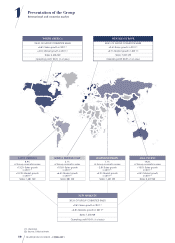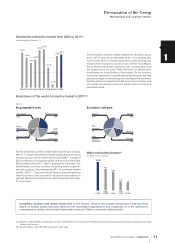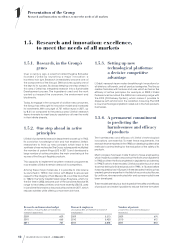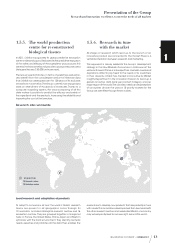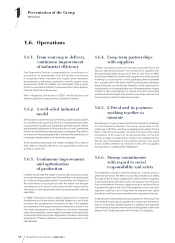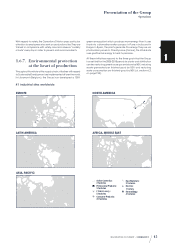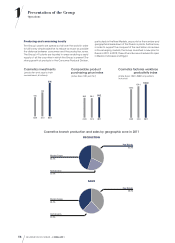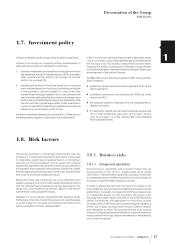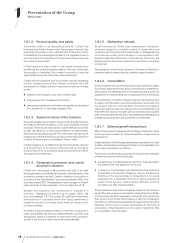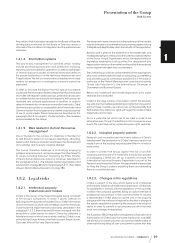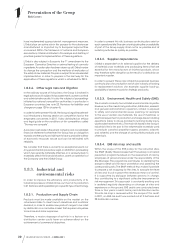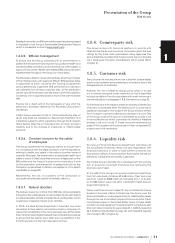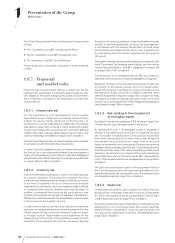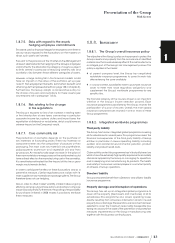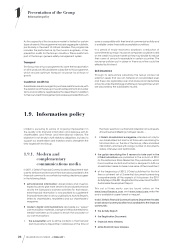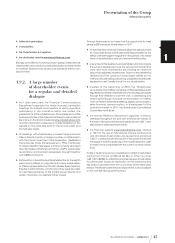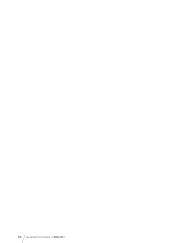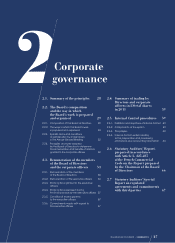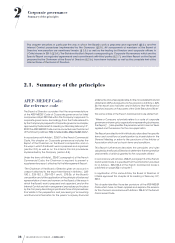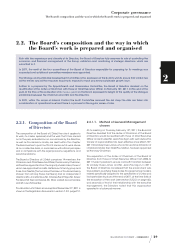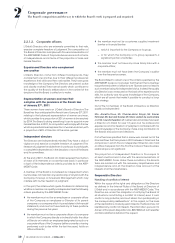Loreal 2011 Annual Report Download - page 22
Download and view the complete annual report
Please find page 22 of the 2011 Loreal annual report below. You can navigate through the pages in the report by either clicking on the pages listed below, or by using the keyword search tool below to find specific information within the annual report.
20 REGISTRATION DOCUMENT − L’ORÉAL 2011
1Presentation oftheGroup
Risk factors
have implemented appropriate risk management measures.
L’Oréal plays an active role in this process for the substances
manufactured or imported by its European legal entities
concerned. Within the framework of national and European
associations, L’Oréal contributes to the analysis and drafting of
practical guides for implementation of these regulations.
L’Oréal is also subject in Europe to the 7thamendment to the
European Cosmetics Directive on animal testing of cosmetic
ingredients. An action plan has been drawn up at L’Oréalin order
to change the conception and the methods of evaluation of
the safety of raw materials. This plan is subject to an accelerated
implementation in order to prepare in the best way for the
application of these regulations which is scheduled for 2013.
1.8.2.4. Other legal risks and litigation
In the ordinary course of its business, the Group is involved in
legal actions and is subject to tax assessments, customs controls
and administrative audits. It is also the subject of proceedings
initiated by national competition authorities, in particular in
European countries (see note22.
Provisions for liabilities and
charges
on page129 in chapter4 ) .
In order to better prevent this risk, the Group’s Legal Department
has introduced a training session on competition law for the
employees concerned. In2011, it also distributed an ethical
and legal guide on the conditions of fair competition, called
“The way we compete”.
A provision is set aside in the parent company and consolidated
financial statements whenever the Group has an obligation
towards another party and will have to face a probable outflow
of economic resources whose cost can be estimated with
reliability.
We consider that there is currently no exceptional event nor
any governmental procedure, legal or arbitration proceeding
which has recently materially affected, or is seriously likely to
materially affect, the financial situation, assets or operations of
the Company and the L’Oréal Group.
1.8.3. Industrial and
environmental risks
In order to improve the efficiency and productivity of its
industrial processes, L’Oréal carries out most of its production
in 41factories, each specialising in a specific type of technology.
1.8.3.1. Production and Supply Chain
Products must be made available on the market on the
scheduled dates to meet launch deadlines and customer
demand, in order to enable new product ranges to be listed
by distribution in a cosmetics market that requires companies
to be more and more responsive.
Therefore, a major stoppage of activity in a factory or a
distribution centre could have an adverse effect on the
achievement of commercial objectives.
In order to prevent this risk, business continuity plans exist for
each operational site. They aim at anticipating the unavailability
of part of the Group supply chain as far as possible and at
restarting activities as quickly as possible.
1.8.3.2. Supplier dependence
L’Oréal is dependent on its external suppliers for the delivery
of materials (raw materials and packaging items) that are
essential for the manufacture of finished products, which
may therefore suffer disruption as the result of a default by an
important supplier.
In order to prevent these risks, L’Oréal has prepared business
continuity plans for production which aim notably at looking
for replacement solutions (for example: supplier back-up,
availability of several moulds for strategic products).
1.8.3.3. Environment, Health and Safety (EHS)
The cosmetics industry has a limited environmental risk profile.
However, as is the case for any production, distribution, research
and general administration operation, L’Oréal is exposed
to safety and environmental issues (relating, for example
to the use of certain raw materials, the use of machines or
electrical equipment in production or storage areas, handling
operations liable to cause accidents involving bodily injury,
waste water treatment etc.). The main risk faced in the Group’s
industrial sites is fire due to the inflammable materials used
in products (alcohol, propellant gases, powders, oxidants
and solvents) and the storage of combustible products and
chemicals.
1.8.3.4. EHS risk map and audits
Within the scope of this EHS policy, for the industrial sites,
the SHAP (Safety Hazard Assessment Procedure) is a hazard
prevention programme based on the assessment of risks by
employees at grassroots level under the responsibility of the
Site Manager. This programme contributes to identifying the
dangers overall and for each workstation and assessing the
corresponding risks. The SHAP method thus makes it possible
to prepare a risk mapping for the sites, to evaluate the level
of risks and to put in place the necessary means of control.
It is supported by dialogue between persons in charge,
thus contributing to a significant collective improvement in
risk management. This approach is constantly evolving and
is updated regularly depending on changes at sites and
experience on the ground. EHS audits are conducted every
three or four years in each factory and distribution centre.
The site risk map is reviewed within the scope of this audit.
In2011, an EHS risk audit was carried out at 9factories and
22distribution centres.


